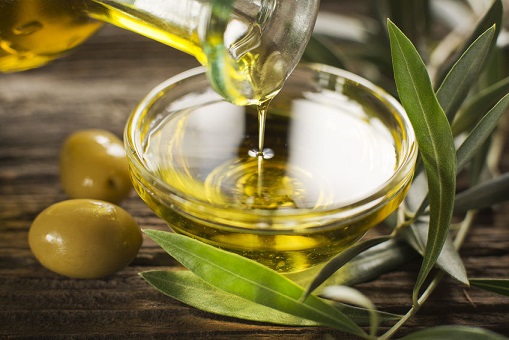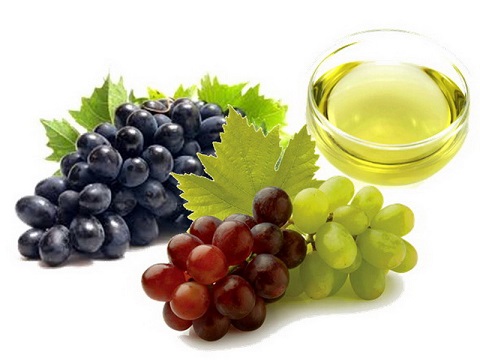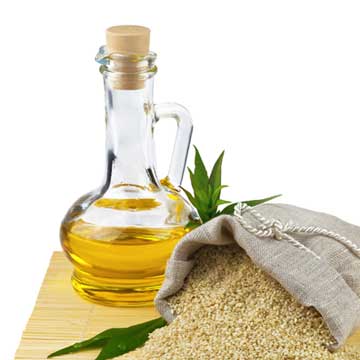People use different types of oils to cook food. They have their own preferences. While there are several options, you may want to select the healthiest option for you and your family. Do you know which type of oil is the best for your health? Also, do you know which oil is the best for certain type of cooking? Canola and vegetable oils are both quite popular and have their benefits. You may find yourself in some confusion when comparing canola oil vs. vegetable oil to make a choice. The best way to make a decision is to check their nutritional value. Keep reading to learn more.
A Detailed Comparison Between Canola Oil and Vegetable Oil

While vegetable oil and canola oil may look interchangeable, they have different nutritional values. Here is more about it.
1. What Oils Are Made From
Both of these oils are made from different plants. Rapeseed plants are used to extract canola oil, whereas vegetable oil is basically soybean oil. However, the FDA has mentioned that vegetable oil may contain corn oil, soybean oil, or safflower oil.
2. Nutritional Value
There is not much of a difference between nutritional value of canola oil and vegetable oil. A teaspoon of each of these oils contains about 14g of fat and 120 calories. It is worth mentioning that both oils do not have carbs and protein, but are rich sources of vitamin K and vitamin E.
3. Smoke Point and Preferred Cooking Methods
It is important to consider the smoke point for oils when comparing canola oil vs. vegetable oil. The smoke point refers to the temperature when the oil turns into smoke and breaks down into harmful substances, such as free radicals.
- Studies show that canola oil has a medium-high smoke point. It is for this reason that the oil is more suitable for stir-frying, baking, and oven cooking.
- On the other hand, corn oils and soybean oils come with a medium smoke point, so they are more suitable for sautéing and low-heat baking.
Both of them are not suitable for deep-frying or browning – you can use light olive oil or sunflower oil for this purpose.
4. Fatty Acid Composition
Both of these oils contain polyunsaturated fats as well as monounsaturated fats. These fatty acids are good for your heart.
- While canola oil is quite rich in monounsaturated fat, it also contains polyunsaturated fats, including linolenic acid, omega-6 fatty acids, and omega-3 fatty acid.
- On the other hand, vegetable oil also contains monounsaturated fat, but it is loaded with omega-6 fatty acids. Vegetable oil, soybean in particular, is not a rich source of omega-3 fatty acid though.
5. Drawbacks
When it comes to canola oil vs. vegetable oil, you also need to compare their drawbacks.
- One of the biggest drawbacks of canola oil is that it is crossbred and is not the product of a natural plant. Canola oil is usually genetically modified, which means that it may be obtained from plants that may have been sprayed with harmful chemicals. This makes the oil an unhealthy choice for people with sensitivities.
- Similarly, when you opt for vegetable oil, it is usually hard to know what these types of oils actually contain. When this is not clear, it is equally difficult to determine the ratio of polyunsaturated fat, saturated fat, and monounsaturated fat in the oil.
Other Healthy Oils
Now you already know the comparison of canola oil vs. vegetable oil, but you need to bear in mind that there are several other options available as well. For instance:
 Extra virgin olive oil: You can always opt for olive oil because it is loaded with monounsaturated fat and works great at medium- or low-heat cooking temperatures. It is hard to resist the flavor of good quality extra-virgin olive oil. This makes it a perfect choice for salad dressings.
Extra virgin olive oil: You can always opt for olive oil because it is loaded with monounsaturated fat and works great at medium- or low-heat cooking temperatures. It is hard to resist the flavor of good quality extra-virgin olive oil. This makes it a perfect choice for salad dressings. Grapeseed oil: The best thing about this oil is its medium-high smoke point that makes it quite suitable for different types of cooking. It has about 73% polyunsaturated fats, 10% saturated fats, and 17% monounsaturated fats. It is also loaded with omega-6 fatty acids, but this also means you need to increase your intake of omega-3 fatty acids that work with omega-6 fatty acids.
Grapeseed oil: The best thing about this oil is its medium-high smoke point that makes it quite suitable for different types of cooking. It has about 73% polyunsaturated fats, 10% saturated fats, and 17% monounsaturated fats. It is also loaded with omega-6 fatty acids, but this also means you need to increase your intake of omega-3 fatty acids that work with omega-6 fatty acids. Sesame oil: It is another great choice for its balanced ration of polyunsaturated and monounsaturated fats. It works great when you heat it lightly. It is quite suitable for use in no-cook dishes and salads to preserve the nutrients.
Sesame oil: It is another great choice for its balanced ration of polyunsaturated and monounsaturated fats. It works great when you heat it lightly. It is quite suitable for use in no-cook dishes and salads to preserve the nutrients.
In addition to these choices, you can also find a long list of gourmet oils, including macadamia nut oil and avocado oil. You can always get creative with the type of oil you use for cooking. They all have certain health benefits, but some are higher in monounsaturated fats and others are high in polyunsaturated fat. Just learn a bit about their nutritional value and you are good to go.
